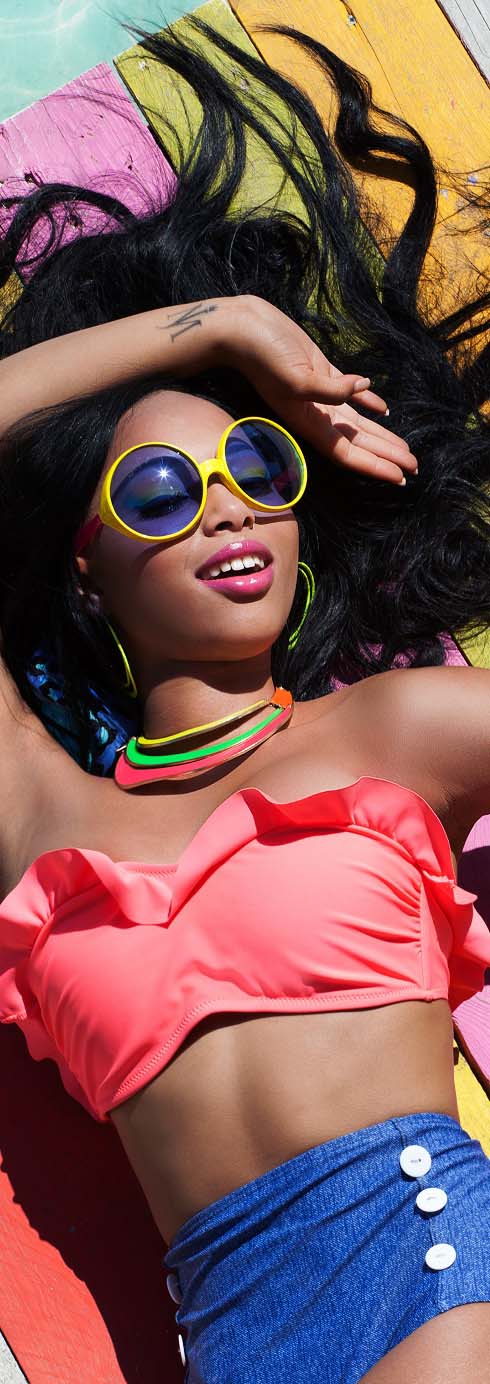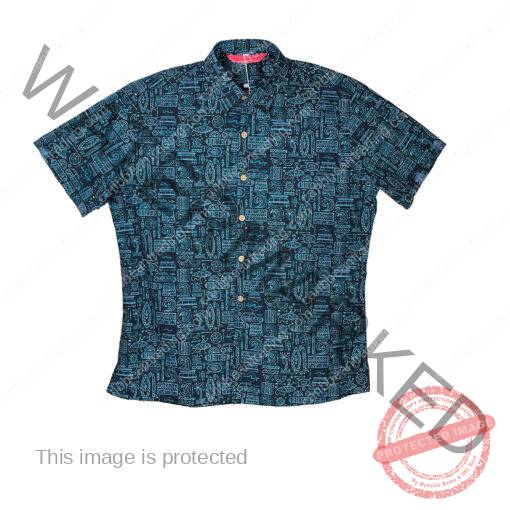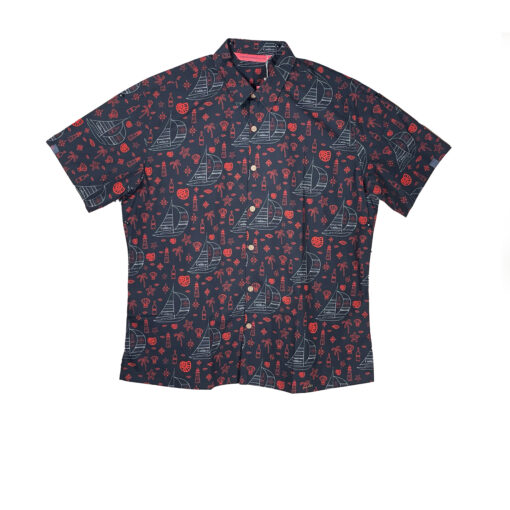Weddings
Caribbean Weddings and Popular Spots: What to Expect and How to Dress
Caribbean weddings are as vibrant, soulful, and unforgettable as the islands themselves. Whether you’re attending a barefoot beach ceremony in Barbados, a luxurious resort soirée in Saint Lucia, or a garden celebration in Jamaica, each island offers unique traditions, stunning landscapes, and cultural flavors that make destination weddings in the Caribbean a true spectacle.
But beyond the breathtaking views and rhythmic music, guests and couples alike often wonder: what should I wear? The answer, of course, depends on the setting, theme, and time of day—but there’s also an increasing trend toward sustainable fashion that reflects the region’s growing commitment to environmental responsibility and cultural heritage. This guide explores what to expect at a Caribbean wedding, where to go, and how to choose the perfect outfit that is both appropriate and eco-conscious.
Top Wedding Destinations in the Caribbean
The Caribbean is a mosaic of paradise-like locations, each with its own character and wedding appeal. Some of the most sought-after destinations include:
- Jamaica: Known for its lush hillsides, reggae-infused atmosphere, and all-inclusive resorts, Jamaica blends romance with liveliness. Ocho Rios and Negril are wedding hot spots.
- Barbados: Famous for its pristine beaches and elegant colonial architecture, it’s a favorite among couples seeking sophistication with a tropical touch.
- St. Lucia: The Pitons provide a dramatic backdrop for nature-loving couples. Many luxury resorts offer cliffside wedding platforms.
- The Bahamas: With its 700 islands and crystal-clear waters, the Bahamas are ideal for beach weddings and nautical-themed receptions.
- Dominican Republic: Punta Cana offers white sand beaches and large resorts perfect for weddings with long guest lists.
No matter where you go, you’ll find that weddings here are infused with island traditions—think steel pan bands, tropical flowers, and local dishes like jerk chicken, flying fish, or callaloo.
What to Expect at a Caribbean Wedding
A Caribbean wedding is not just a one-day event—it’s often a multi-day celebration that brings people together through welcome parties, excursions, beach days, and farewell brunches. Here are a few things to prepare for:
- Outdoor Venues: Many ceremonies are held outdoors, which means sun, sand, and sometimes unexpected showers. Lightweight, breathable clothing is key.
- Island Time: Events may not always start on the dot, so embrace the relaxed atmosphere and go with the flow.
- Cultural Traditions: Expect live music, local dances, and ceremonial rituals that vary by island.
- Resort Packages: If the wedding is at a resort, certain attire (like swimwear or cover-ups) may be expected for welcome dinners or daytime gatherings.
How to Dress for Caribbean Weddings
When planning what to wear, consider the setting (beach, garden, resort), the level of formality, and—importantly—the climate. Tropical heat and humidity mean you’ll want to avoid heavy fabrics and tight silhouettes.
Designers and guests alike are embracing casual, semi-formal, and formal outfits made from sustainable materials that honor both the event and the environment.
Casual Dress Codes (Beach Ceremonies or Day Events)
For casual beach weddings, light and breezy is the way to go. Linen shirts, cotton sundresses, or jumpsuits work perfectly. Sandals or espadrilles are often preferred over heels. Consider wearing items made from organic cotton or upcycled fabrics to align with the sustainable ethos of many Caribbean destinations.
Semi-Formal (Garden or Terrace Events)
This is the sweet spot between comfort and polish. Flowy maxi dresses, guayabera shirts, and tailored but breathable trousers are ideal. Sustainable designers across the Caribbean are using eco-friendly textiles such as bamboo, hemp, and locally sourced cotton to create elegant yet climate-appropriate outfits.
Formal Attire (Evening or Resort Weddings)
Opt for full-length dresses, cocktail dresses in rich hues, or sharp linen suits. Look for pieces dyed with natural materials like turmeric or hibiscus, common in Caribbean eco-fashion. Many island-based brands now offer evening wear made from recycled ocean plastic or zero-waste designs—proving that formal doesn’t have to mean environmentally harmful.
Eco-Friendly Caribbean Fashion: A Wedding-Worthy Trend
The Caribbean is increasingly making waves in the global sustainable fashion movement. Designers such as Meiling (Trinidad and Tobago) and Mara Made (Jamaica) are turning waste into wearable art, upcycling old textiles and transforming them into stunning outfits perfect for destination weddings.
Many local designers prioritize:
- Natural materials: Flax-based linen, organic cotton, and biodegradable coconut fibers
- Upcycled garments: Giving new life to denim, t-shirts, or even old fishing nets
- Zero-waste patterns: Designs that use every inch of fabric to minimize waste
- Artisan craftsmanship: Embroidery, weaving, and beadwork that support local communities
Choosing wedding attire from these designers not only guarantees a unique and conversation-starting look—it also supports ethical labor and eco-conscious production.
Accessorizing with Sustainability in Mind
No outfit is complete without accessories. In the Caribbean, artisans are creating accessories that complement wedding looks beautifully:
- Handwoven bags made from straw or banana leaf
- Beaded jewelry crafted from seeds, shells, or recycled glass
- Sun hats stitched from sustainable fibers
These items not only enhance your look but also tell a story—of heritage, craftsmanship, and environmental respect.
Where to Shop for Caribbean Wedding Fashion
If you’re attending a wedding in the region, consider shopping locally. Many boutiques and markets sell resort wear and special-occasion outfits made by Caribbean designers. Popular places include:
- The Cloth (Trinidad): A hub for culturally rooted, ethically made fashion
- D’Marsh Couture (Jamaica): Known for sleek, high-end designs with a Caribbean flair
- House of D’Marcia (Barbados): Blending local tradition with modern elegance
Some designers also participate in fashion festivals like Caribbean Fashion Week or sell at eco-tourism resorts, allowing tourists to shop responsibly while enjoying their stay.
Final Thoughts
Caribbean weddings are joyful, colorful, and filled with heart. Whether you’re the bride, groom, or a guest, dressing appropriately means more than matching the theme—it’s about honoring the culture, the climate, and the values of the region. Choosing outfits that are both stylish and sustainable allows you to celebrate love while also respecting the environment and supporting local talent.
So next time you’re packing for a wedding in paradise, opt for breathable fabrics, artisan-made accessories, and thoughtfully designed pieces that reflect both elegance and ecological awareness.
After all, in the Caribbean, beauty and sustainability walk hand in hand—especially down the aisle.







